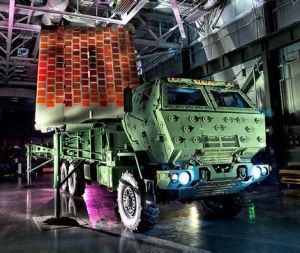The Following is a Important News Bulletin From the House Veterans Affairs Committee
Note: VA did not respond when asked why only benefits administrators and not health executives were forgoing bonuses.
Note: "VA employees and managers who fail in their jobs shouldn't receive bonuses – they should be disciplined or fired," Miller said.
"While VA's decision to withhold fiscal year 2012 bonuses for VBA senior executives is a step in the right direction, it does nothing to ensure that poorly performing Veterans Health Administration officials will not receive bonuses. In recent days, we've learned that multiple VA medical center officials have received bonuses even in the wake of patient deaths linked to mismanagement. VA owes us all – especially the families of those who died – an explanation as to why the department awarded these bonuses and how they plan to eliminate similar payments in the future."
VA scraps bonuses for some executives
By Daniel Malloy
The Atlanta Journal-Constitution
Tuesday, April 30, 2013
Many senior officials at the Department of Veterans Affairs will go without bonuses this year, but health executives — including those at the Atlanta VA Medical Center — will still qualify for the rewards.
The bonuses, when given, are paid for work during the preceding year. The VA announced late Friday that senior executives at the Veterans Benefits Administration would not receive performance bonuses for the 20o12 fiscal year and the money would be used instead to help attack the lengthy backlog of benefit claims. Nationwide, 610,000 benefit claims have been pending for more than 125 days, according to VA data.
"We remain confident that VBA senior executives are dedicated to our nation's veterans, and they will continue to lead our drive toward VA's goal: eliminating the claims backlog in 2015," the VA said.
The directive did not apply to executives at the Veterans Health Administration, the VA's other major sub-agency, and came at the end of a week in which the Atlanta Journal-Constitution and other news outlets reported on health executives receiving big bonuses even as their hospitals were under investigation for mismanagement.
An audit published this month by the VA's Inspector General blamed mismanagement at the Atlanta VA for three deaths of mental health patients and examined long waiting lists for mental health services. As those problems were ongoing, top executives — including former director James A. Clark — were getting annual performance bonuses. Clark pulled in $65,000 in bonuses over a four-year span, which the VA said was due in part to his pitching in as acting Southeast Network Director.
VA did not respond when asked why only benefits administrators and not health executives were forgoing bonuses.
It is unclear how much money this would free up to attack the claims backlog. In the Atlanta region, 20,960 entitlement claims have been pending for more than 125 days.
VA handed out about $2.3 million in bonuses for both benefits and health executives for the 2011 fiscal year, according to a spokeswoman, down from $3.3 million in the previous year as part of an effort to increase efficiency and accountability. Senior executives earn a small fraction of the total bonuses; the VA gave $194 million in bonuses last year according to congressional testimony.
U.S. House Veterans Affairs Committee chairman Jeff Miller, R-Fla., who has called for disciplinary action against Atlanta VA executives for the lapses the inspector general found, cheered the partial end of the bonuses but said it was not enough.
"VA employees and managers who fail in their jobs shouldn't receive bonuses – they should be disciplined or fired," Miller said.
"While VA's decision to withhold fiscal year 2012 bonuses for VBA senior executives is a step in the right direction, it does nothing to ensure that poorly performing Veterans Health Administration officials will not receive bonuses. In recent days, we've learned that multiple VA medical center officials have received bonuses even in the wake of patient deaths linked to mismanagement. VA owes us all – especially the families of those who died – an explanation as to why the department awarded these bonuses and how they plan to eliminate similar payments in the future."
###
Curt Cashour
House Committee on Veterans' Affairs
202.225.3527
--
Sean Eagan
American Cold War Veterans, Inc.
| Web: | http://americancoldwarvets.org/ |
| Blog: | Cold War Veterans Blog |
| Email: | Sean.Eagan@gmail.com |
| Phone: | |
| Network: | My Fast Pitch! Profile |








